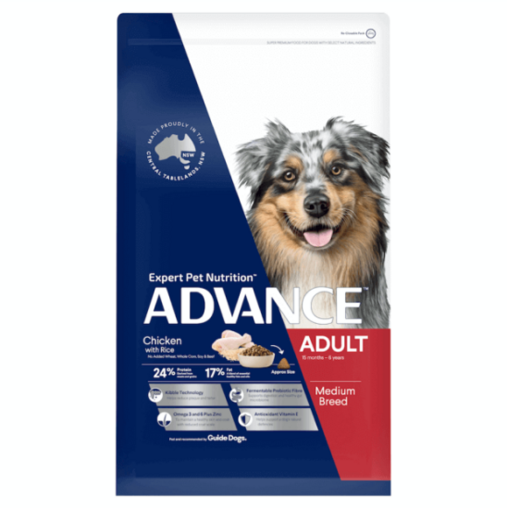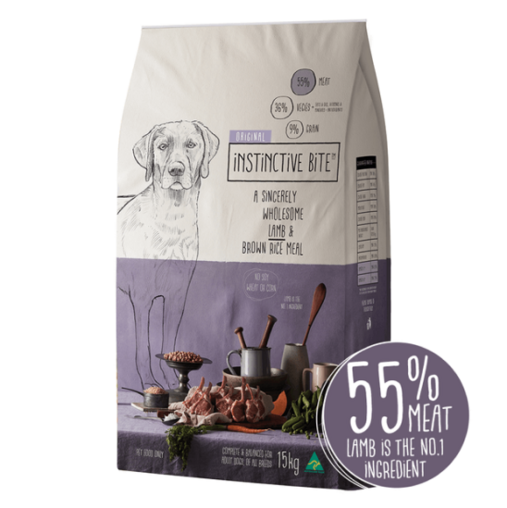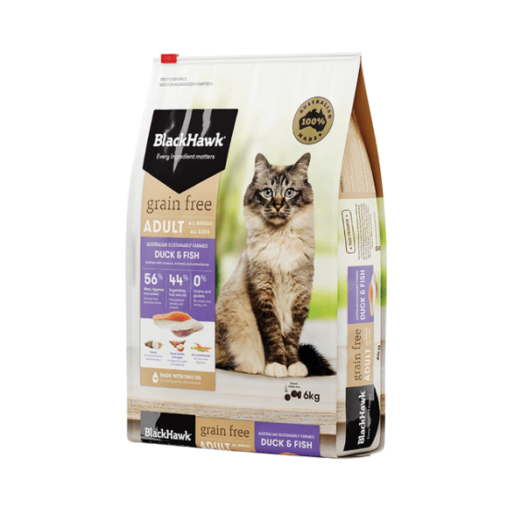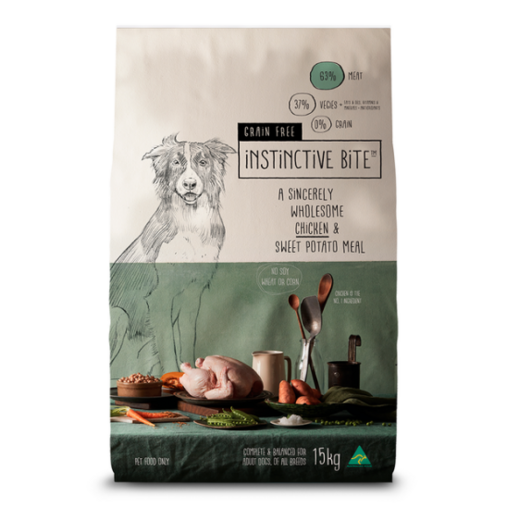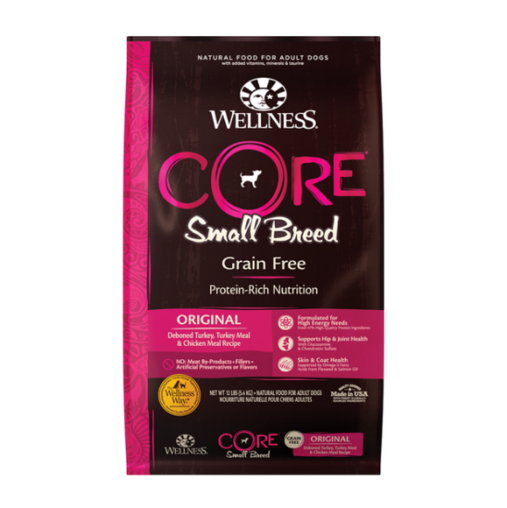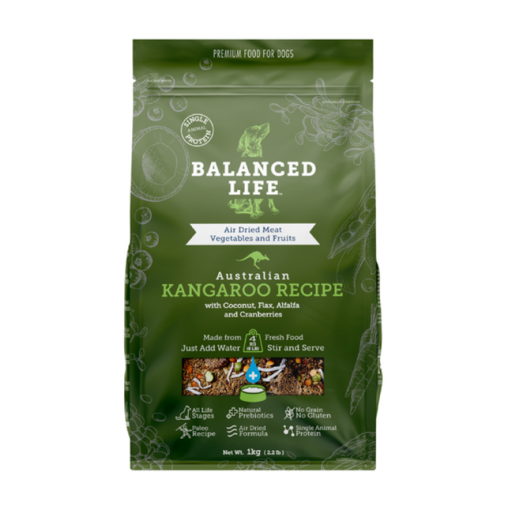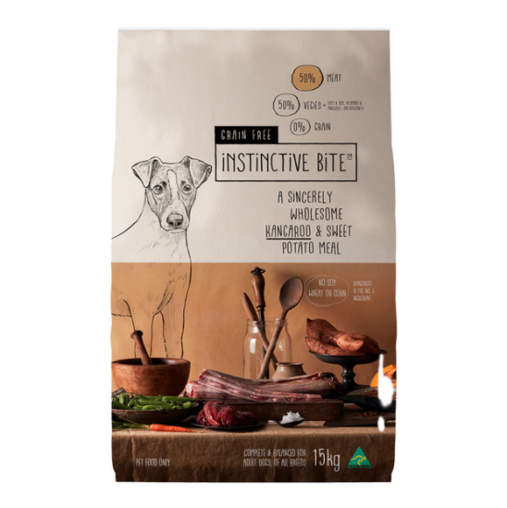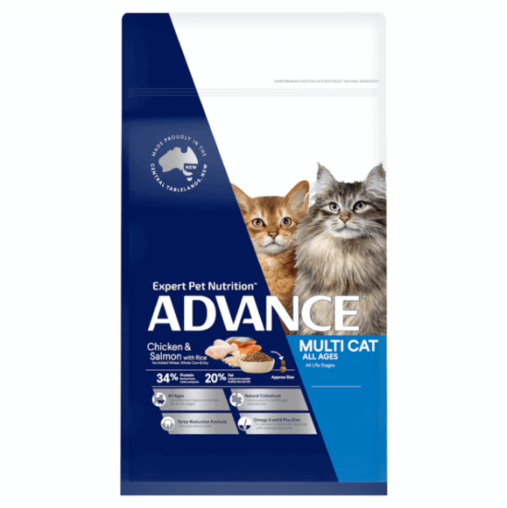Superfood ingredients
Are superfoods as super as they sound? More and more premium pet foods spruik inclusion of exciting, novel ingredients like blueberries, turmeric and coconut oil. But how much of these ingredients are actually in the food? Similar to human food, ingredients on the nutritional panel are listed in most to least prevalent prior to processing. As very general rule, salt sits at about 1 to 2% of the ingredients in most foods, this means any superfoods listed after it are only going to be there in very small amounts.
High protein diets
You may have noticed that many higher end brands will loudly and proudly announce the protein contents of their food, but is higher protein always better? All animals need quality proteins in their diet to support normal biological functions, and AAFCO does specify minimum requirements based on species and lifestage. Protein is calorie dense, which means that rather than causing your pet to build more muscle, excess protein in the diet is more likely to contribute to weight gain. High protein diets can also be detrimental for dogs and cats who have liver or kidney problems as the body has reduced capacity to metabolise and excrete protein breakdown products.
A note about vague ingredients
While ingredients listings don't provide us with a measure of the nutrient content of the food, they can provide some insight into its potential quality. As a method of cost-cutting, many cheaper pet food brands opportunistically source ingredients based on availability at the time of manufacture. On the other hand, high quality pet foods always stick to the same recipe, with the same quantity of each ingredient. This makes for an honest recipe with no surprises, and is particularly important for dogs with food allergies.
Common examples of vague terms found in ingredient lists include 'meat and their by-products', 'cereals and their by-products', 'vegetables', and that ever confusing term 'and/or'. If you see these words in an ingredient list, you can almost guarantee their recipe is ambiguous and may change opportunistically batch by batch. To compare, ingredients from premium brands tend to name the specific meat, grain or vegetable. You will see words like 'lamb', 'barley', or 'sweet potato', rather than 'meat', 'cereal' or 'vegetable'.
What about meat meal?
This can be a contentious topic. The word 'meal' is not a bad thing - it basically means 'dehydrated meat', and it just implies that the meat protein could be derived from other parts of the animal. However, do keep in mind that 'beef meal' is more specific than 'meat meal', likewise 'chicken meal' compared to 'poultry meal'.
Remember that ingredients are listed in order of most to least prevalent prior to processing, and fresh meat is generally 75% water. This water is lost in the early stages of cooking, meaning that foods made from meat meal can end up being higher in meat protein than those made from fresh meat.
